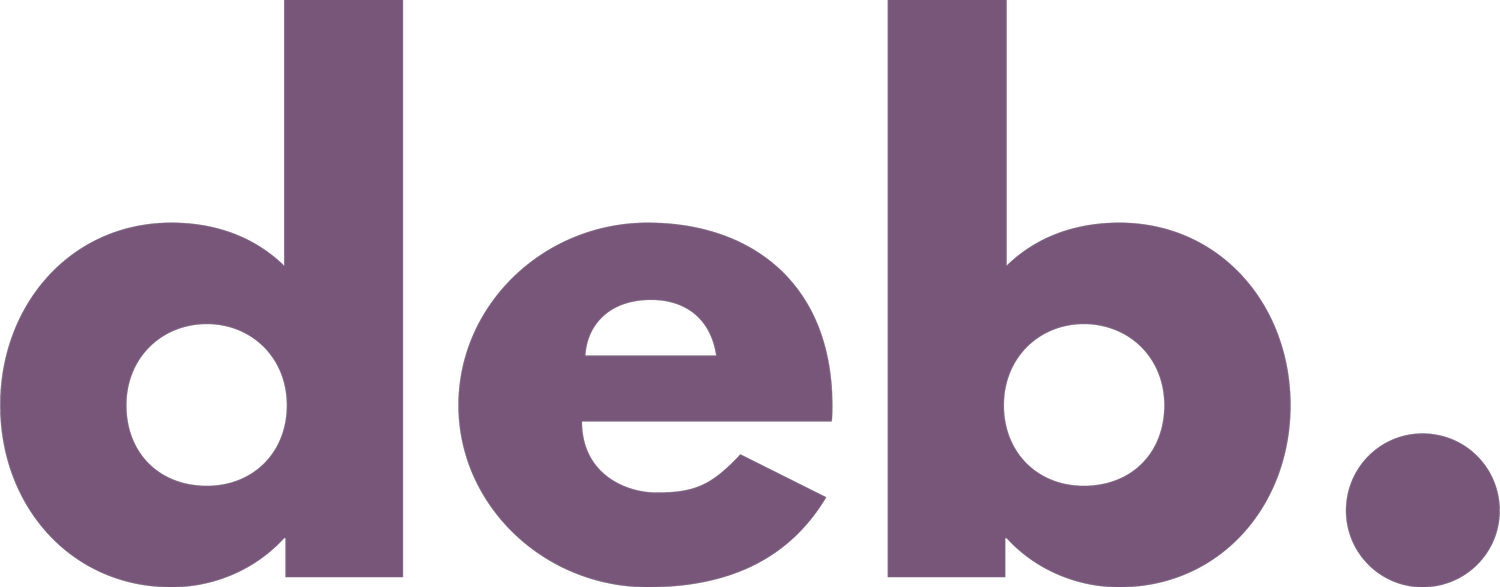Fika as the Key to Successful Boardwork
In an era where efficiency and goal orientation dominate the operational methods of many organizations, we risk overlooking one of the most powerful components of collaboration and innovation: informal meetings. Between presentations, decisions, and strategic discussions, there exists an invisible but invaluable resource - fika. This seemingly simple break during board meetings is not merely a chance to grab a coffee or a sandwich; it is a space for building relationships, exchanging ideas, and fostering trust.
A Space for Genuine Dialogue
Formal board meetings often have a strict agenda and limited time. Discussions are structured, which can sometimes hinder spontaneity and deeper exploration of topics. Fika breaks these formal boundaries, offering an informal space where conversations can flow freely. This is where genuine discussions emerge, and it is often in these moments that insights and solutions, which might never make it to the official agenda, find their footing.
A spontaneous conversation between two board members during a fika break can spark ideas and insights that would not have arisen in the more regulated meeting room. It serves as a reminder that humans are fundamentally social beings and that relationships are built through dialogue, not always governed by an agenda.
Building Trust – A Necessary Investment
Trust is the cornerstone of any board. Decisions are not made solely based on logical arguments but also on the trust between members. Informal meetings, epitomized by fika, are central to building this trust. Through relaxed conversations, board members can get to know each other on a more personal level, fostering better collaboration and a deeper understanding of each other’s perspectives.
A study by INSEAD highlights the importance of social structures in boardwork, showing how informal interactions can help counteract conflicts that sometimes arise in diverse groups. The fika break provides a natural platform for this, allowing members to form bonds and create a positive atmosphere that carries over into formal discussions.
A Catalyst for Innovation
Innovation often stems from unexpected connections between ideas. During a fika break, a board member might share an experience or thought that sparks a creative chain reaction in another. The informal nature of fika allows ideas that may not seem immediately relevant to the meeting agenda to surface, leading to breakthroughs.
When we value these moments, we recognize that innovation is not always the result of formal workshops or brainstorming sessions but often occurs in brief, informal exchanges where ideas take flight.
From Fika to Strategy
To maximize the benefits of fika, organizations should cultivate a culture that encourages and values these moments. This isn’t about turning fika into yet another task but recognizing its role as a part of the strategic process. Practical steps could include:
Allocating time for fika in the agenda and ensuring it isn’t squeezed out by other items.
Encouraging active participation by board members during these breaks.
Creating environments that facilitate informal conversations, such as cozy settings or high-quality refreshments.
Fika is not just a break from work; it is an investment in the dynamics and success of the board. In the pursuit of efficiency, we must remember that it is between the meetings, in small conversations and shared laughter, that the foundation for big ideas and decisions is often laid.
So, the next time you’re in a board meeting, don’t overlook the fika break - it might just hold the key to your next big success.

